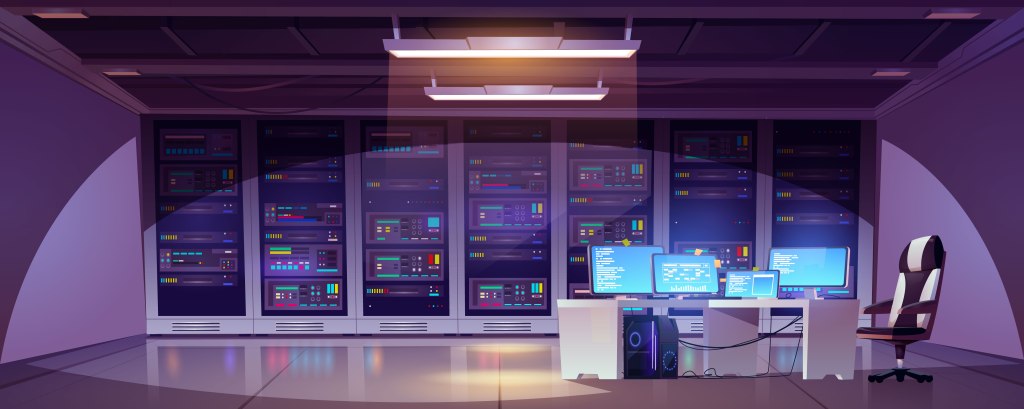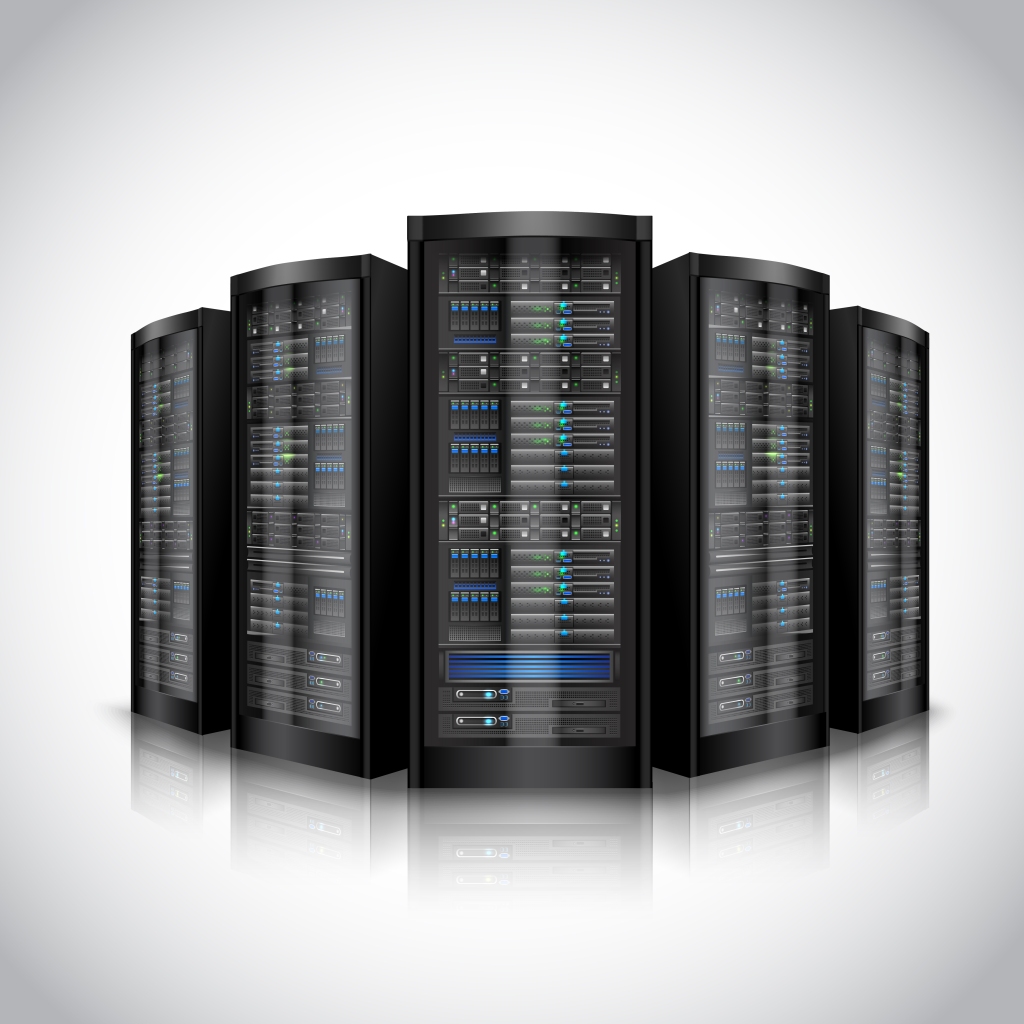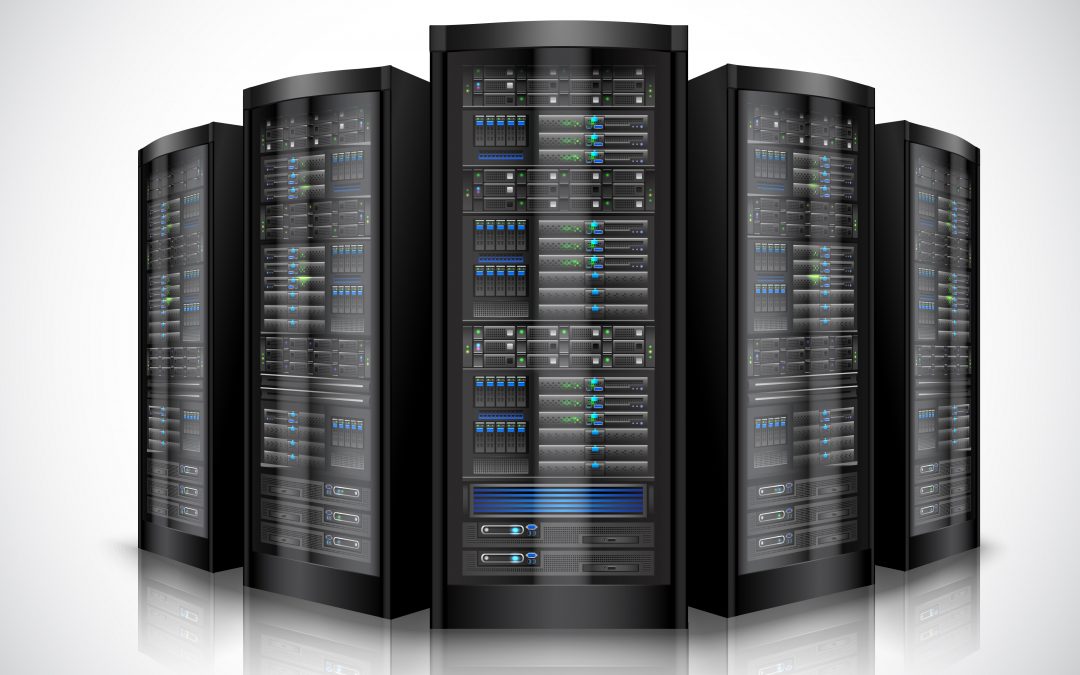The main function of the mainframe can be explained as a high-performance computer with an enormous amount of memory and processors that process billions of calculations and transactions in real time. This technology, the mainframe, is very important to any organisation dealing with commercial databases, transaction servers, and applications that need security and agility. For seamless operations in any organisation, will need a trained team or an individual, who can be trained in an online corporate mainframe training program without any difficulty.
Mainframes are known for their high availability, as they are used for a reason, and for the applications, where downtime would be costly and catastrophic, it is one of the main reasons for their longevity. The most important terms that define mainframe computers are reliability, availability, serviceability and security. Well, all of these features are only experienced if the planning and implementation are done correctly. In addition to these, mainframes systems are more secure than in comparison to the other computer systems.

Today, with a standard size of 19” rack, the latest mainframes are much smaller and seamlessly work with all the other platforms in the data center, than the early “Big Iron” machines. One single frame system-IBMz15 covers 75% less space than x86 2U servers operating with the same workloads and throughput-which reduces the power usage by 40%. The design of Modern Mainframe Services is less defined by the computational speed and more by:
- Redundant internal engineering producing results in security and high reliability
- Input-Output facilities, along with the ability to offload to different engines.
- Accurate backward compatibility with older software
- Computing and hardware utilization rates are higher through virtualization and to support greater throughput
- Change of hardware such as processors and memory
Furthermore, it is all about improving and creating the quality services and experience for the users, every organisation and enterprise of every size and capacity are moving forward to modernize and optimize the systems. This modernization helps the users to interact with the wider clientele persona from the technological terrain. All the companies that are engaged with the mainframe systems use these services for their mission-critical work, which usually consists of applications and data that can be accessed at all times. If the mainframe goes offline to these applications and data access, there will be a loss of millions of dollars within minutes. So the companies that provide the mainframe services must be on alert 24×7 and are well trained to keep the systems running.
Staffing and a skilled team is the main structure of any transformation. This can be achieved through mainframe certification courses. All the surveys show the specific results that companies with skilled teams have better prospects with all the evolving mainframe technologies. The presence of a young and talented team is the indication for a better future for the mainframe system and services.

The mainframe continues to run the fundamental business operations, there are some constraints to these operations as they are not so cost-effective or sustainable for continuing the business-as-usual operations. Along with this skilled programmers needed to be updated which is possible through continuous learning and upgrading their skills through mainframe certification courses to maintain the services and systems.
Users also come across several problems and queries with the aging mainframe systems, such as cost-affecting inefficiencies, legacy applications with their hidden codes, which are impossible to troubleshoot, and overloaded systems, which indirectly impact the performance.
Modern mainframe systems are capable of operating multiple instances of operating systems at the same time. The technique of virtual machines helps the applications to operate, just like they work on physically distinct computers. Furthermore, a single mainframe can replace the higher-functioning hardware services, which are accessible to conventional servers. While these pioneered capabilities and virtualizations are available to almost all families of computer systems, they are not always at the same degree of sophistication.

